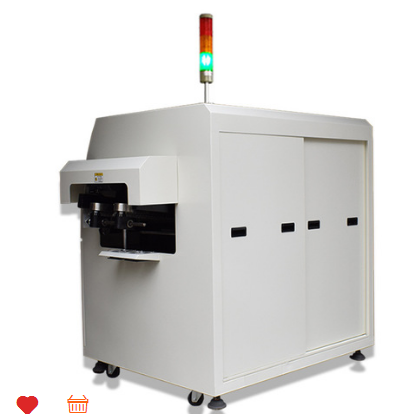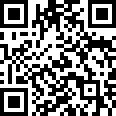
Privacy statement: Your privacy is very important to Us. Our company promises not to disclose your personal information to any external company with out your explicit permission.
2022-09-09
The board is held in place using a metal finger conveyor belt. These are usually made of titanium because it is able to withstand the temperature and it is not immune to solder.

Share to:
Send Inquiry

Mr. Zhang Peter
Tel:86-0755-29098202
Fax:86-0755-29098202
Mobile Phone:+8613544118272
Email:smt@mj880.com
Address:2nd Floor, building 34, Second Industrial Zone, Shapu Wai community, Songgang Street, Bao 'an district, Shenzhen, Guangdong
Related Products List
Mobile Site


Privacy statement: Your privacy is very important to Us. Our company promises not to disclose your personal information to any external company with out your explicit permission.

Fill in more information so that we can get in touch with you faster
Privacy statement: Your privacy is very important to Us. Our company promises not to disclose your personal information to any external company with out your explicit permission.